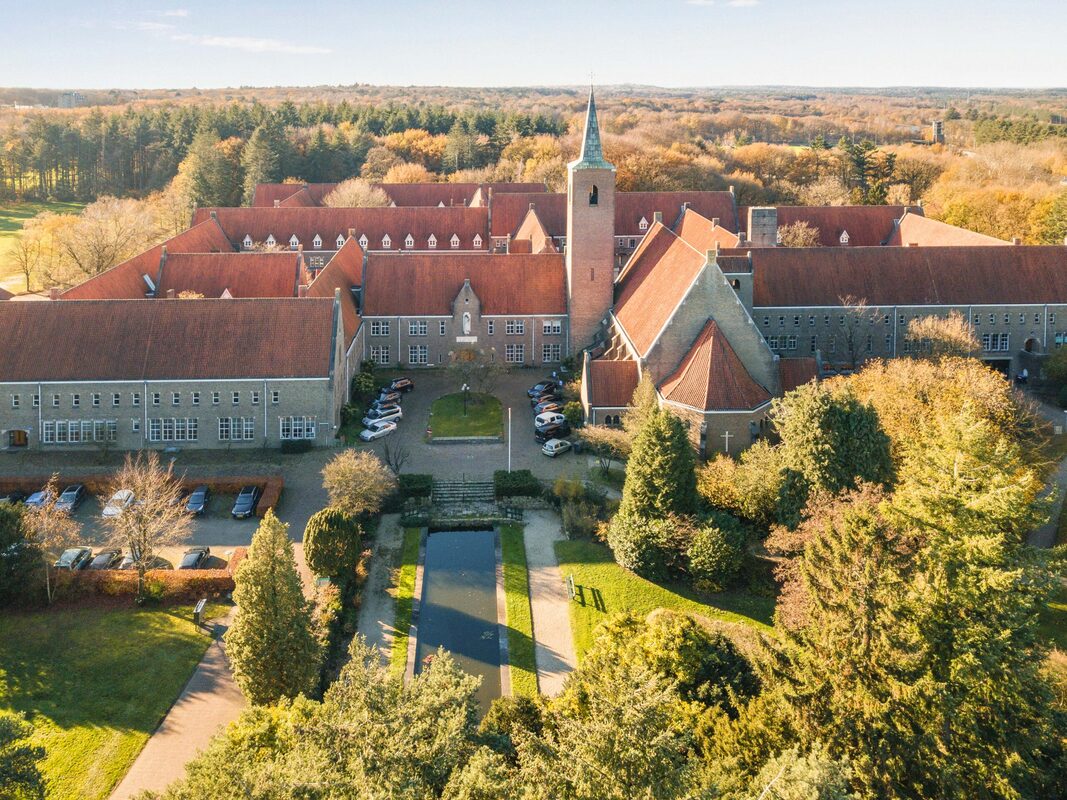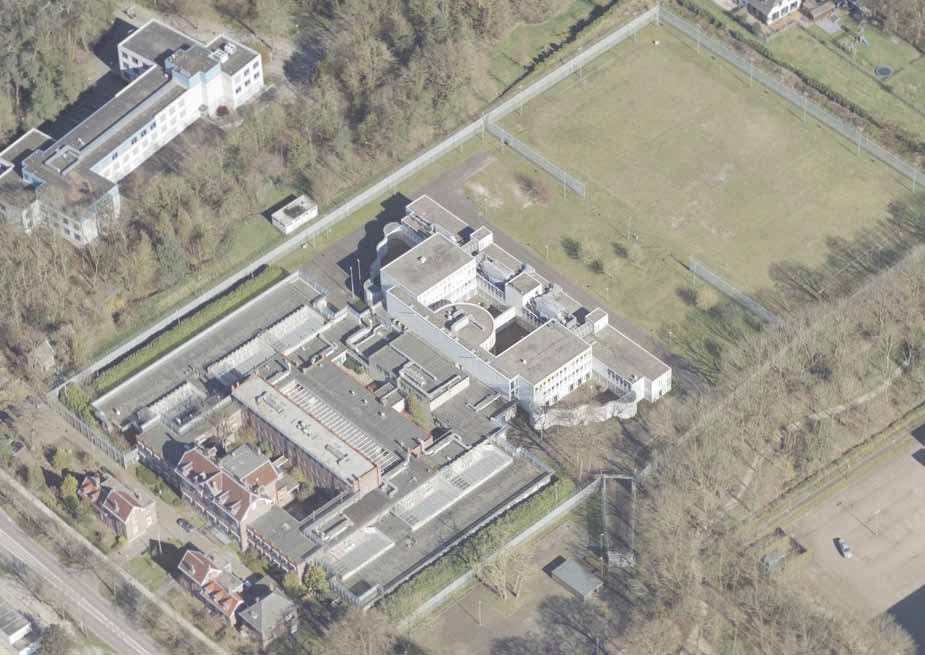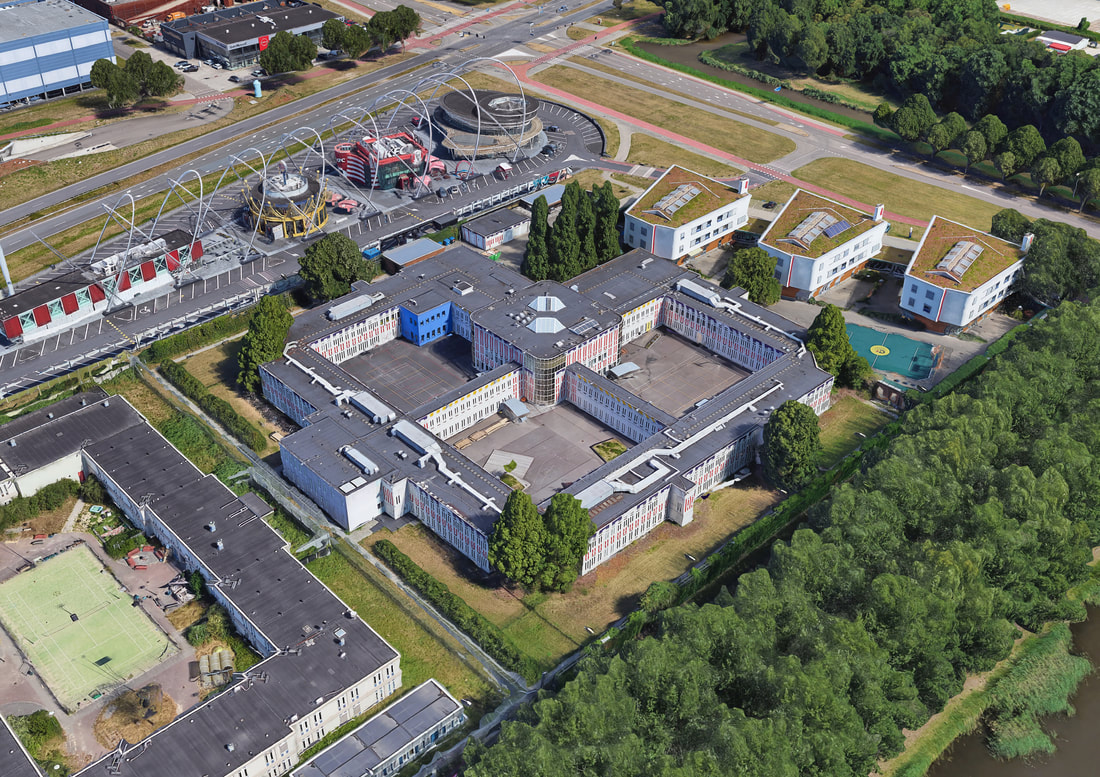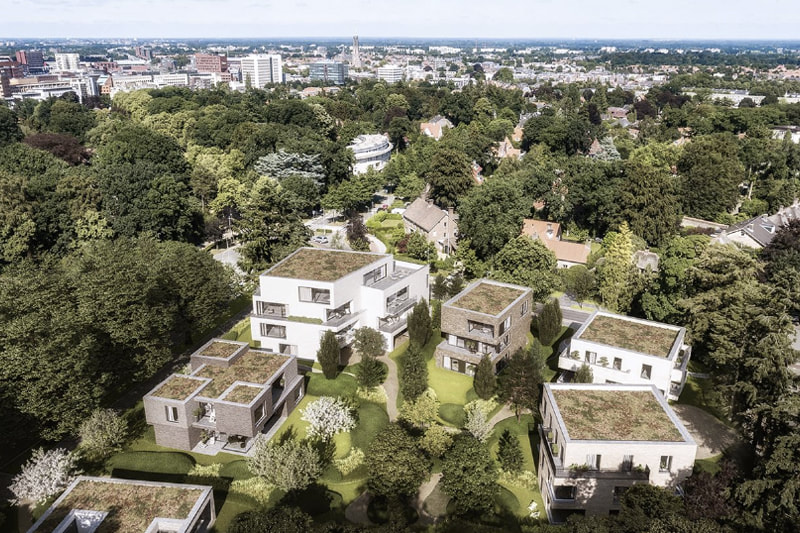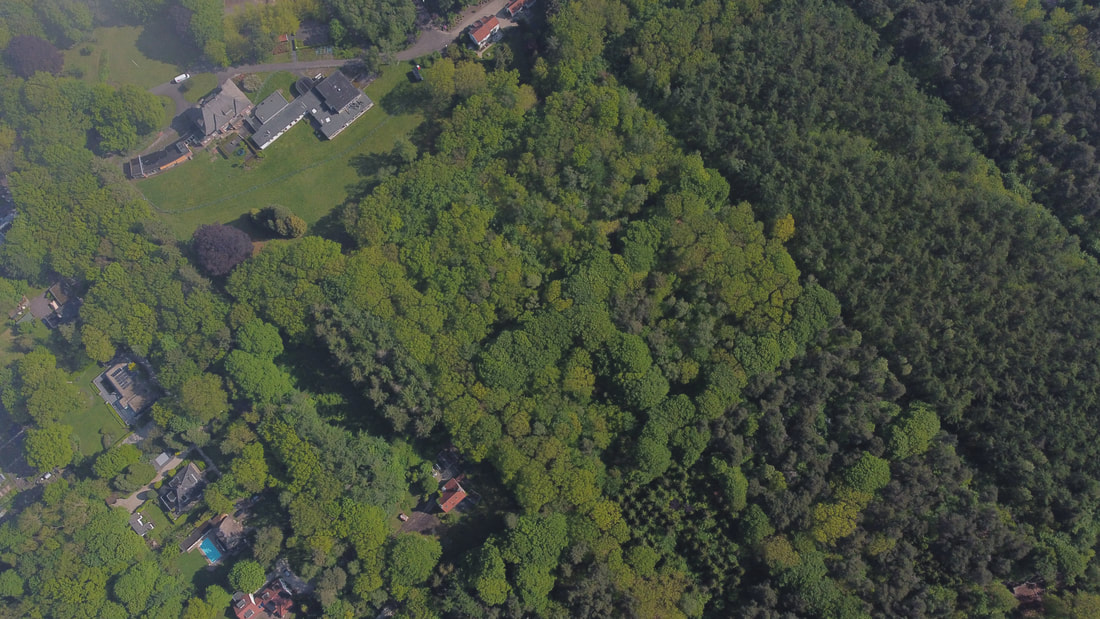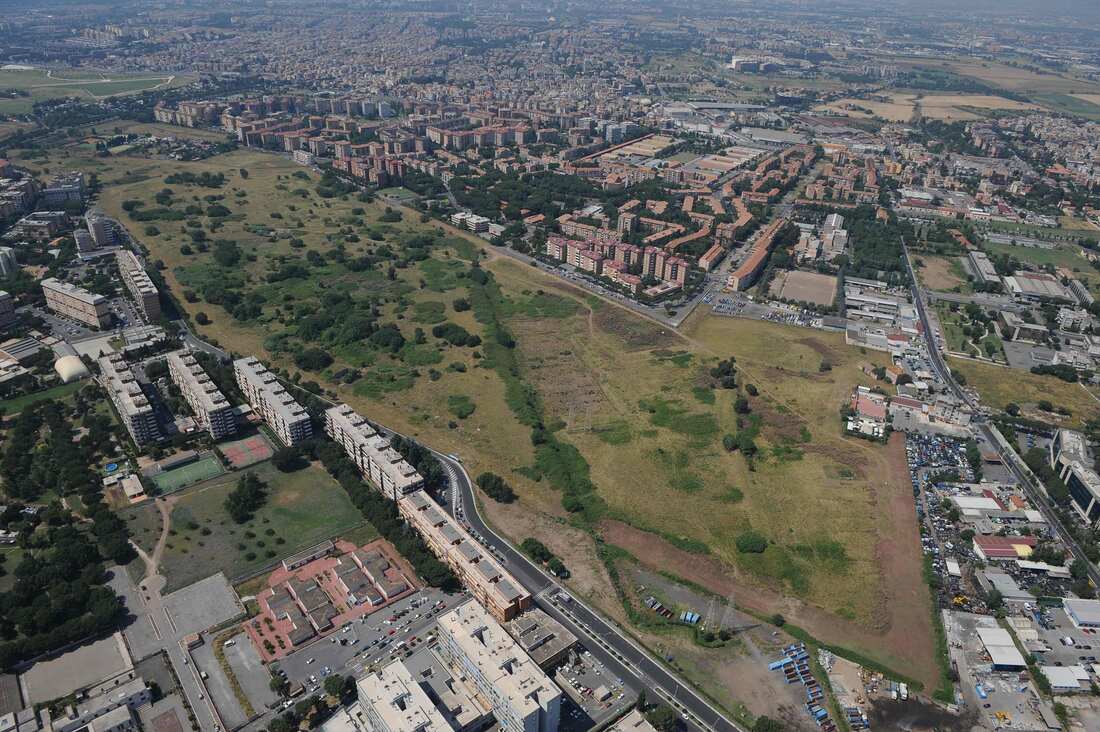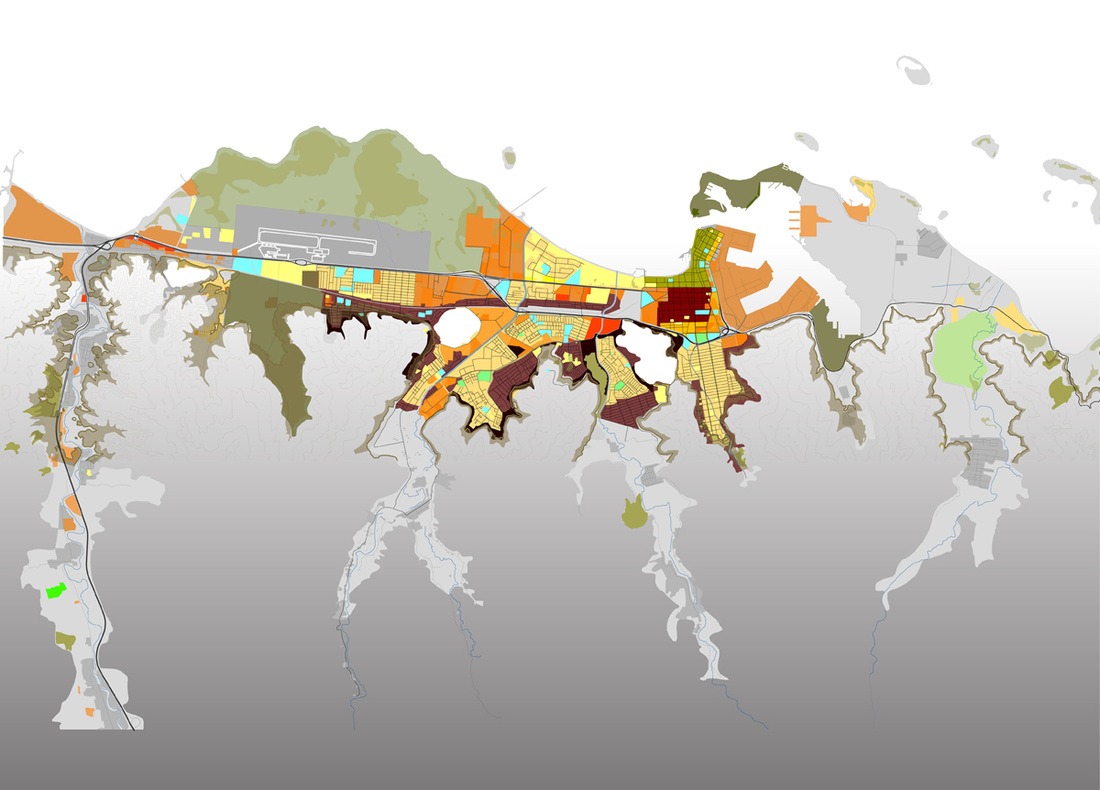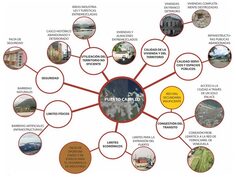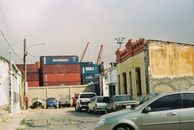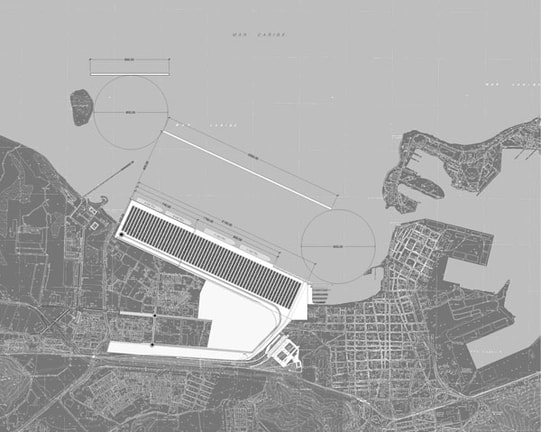Current Projects
|
Eemklooster - heritage redevelopment + area developement
Eemklooster is a convent built in the 1930's in the west of Amersfoort and a protected heritage site. Urban Frameworks is part of a design- and development team defining the strategy for a phased redevelopment and the spatial plan for new housing program. The convent will be transformed into a micro-city with a mix of small businesses, cultural and eductional facilities and housing.
Client: ABC projectontwikkeling, EarthY, Plegt-Vos. Partners: Zeep architects & urban designers, DS Landschapsarchitecten Role Urban Frameworks: concept development, urban planning, design supervision Status: Design development Website: https://eemklooster.nl/ |
|
Eikenstein - Area development, Zeist
Eikenstein is an area development on the site of a former youth prison in Zeist. The historic core of this prison has heritage value and will kept and transformed into social appartments with room for inhabitants with a need for (mental) health care. Additional collective spaces form a new heart for the residential neighbourhood and extend into a collective garden. This 'social infrastructure' is designed to connect the different inhabitants of the neighbourhood and improve the outlook for the inhabitants with a mental health diagnosis. Around 200 appartments and (semi-) detached houses wil be realised. Urban Frameworks
Client: EarthY, Plegt-Vos Role Urban Frameworks: concept development and integration of social program Team: SVP (urbanism + architecture), DVG (landscape), 1meter 98 (heritage) Status: Design development Website: https://eikensteinzeist.nl/ |
|
Tafelberg Campus - Housing for students and youthcare
The Tafelberg Campus consists of the redevelopment of a former youth prison into a campus for students, young professionals and youth with a background in youthcare. Working closely with Levvel Youthcare (a semi-public youthcare provider) and the city of Amsterdam, Urban Frameworks teamed up wit Fakton Captial and EarthY to translate social goals into the proces of real estate development.
Client: Levvel Youthcare, with EarthY; (Project is now managed by De Alliantie) Role Urban Frameworks: concept development, project creation, design management Team: NL architects (architects), Vorm/Jan Snel (contractor) Status: Under construction Website: https://detafelberg.nl/ |
Past projects
|
Amerberg - housing development in protected context
The Amerberg is a small scale high-end development located in a historic villa neighbourhood (protecfed heritage) in Amersfoort, Netherlands. The original urban plan was conceived using design principles from the English Garden style around 1900 and was an early example of a private area development in the Netherlands. During the 20th century several plots, orignally intended for freestanding villas, were instead used by care institutions for large scale facilities. The Amerberg development consists of a reconversion of one of these sites and propeses a return to the original plot division, but this time with a larger diversity of building typologies and reinvigorating the orginal principles for the landscape.
Client: Amerberg VOF / EarthY Role Urban Frameworks: urban planning, supervision Team: Deltavormgroep (landschape) DPRW architecten, Zeep architects & urban designers, Bouwend projectmanagement, van Hoorn & van der Kley Status: Completed Award: Honourable mention Amersfoortse stadsbouwprijs 2022 |
|
Torre spaccata - urban developement, Rome
Urban Frameworks was appointed, in joint venture with Fakton Consultancy, as strategy advisors for a the development of an 60 ha area in the south-east of Rome.
The commission, has been executed in three phases over a two year period, had the objective to define the optimal balance between residential and commercial functions within a new urban node that aimed to become a new point of reference for the south-east metropolitan area. Client: Confidential Role Urban Frameworks: developement stratiegy, programming, business case development Team: Labics, Fakton Consultancy |
Sistema Nacional - Railway lines in VenezuelaUrban Frameworks, in the role of project-coordinator for Italferr, the engineering firm of the italian railways, has coordinated the design development of 7 railway stations along the La Encrujicada - Puerto Cabello railway line. For two seperate railway lines, three prototypes were developed for the implementation of a further 18 railway stations for the 'Sitema Nacional' railway lines, which include the La Encrucijada - Cabruta line and the Chaguaramas -San Juan de los Morros line
Client: IFE, Italferr Year: 2004-2007 Role: Design managent / Projectleaders |
|
Urban Regeneration in Puerto Cabello
Puerto Cabello is one of the main points of access for freight shipping into Venezuela. In order to facilitate a complete remake of the port facilities, including a new container terminal, Urban Frameworks has created a an overall regeneration strategy that would integrate future infrastructure investments in the railway lines and port terminal facilities with the redevelopment of parts of residential areas and industrial zones.
|
Proposal for a new Container Hub in Latin AmericaPuerto Cabello, a harbor city in the north of Venezuela, has suffered from a neglect in basic investments to keep the port facilities competitive and up to date. An existing planning proposal foresaw a 140 m USD railway bridge to connect the existing railway lines to the site of a future container terminal.
Instead of designing the connecting infrastructure, we proposed to relocate the entire site of the future container terminal, reducing thereby the extra cost for the connecting infrastructure and guaranteeing accessibility to the facility by the latest generation of containerships, who would not have been able to access the site within the old port.
|

